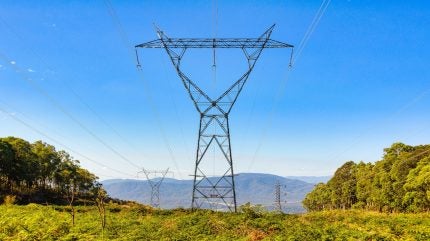
The Australian Energy Regulator’s (AER) latest ‘State of the Energy Market’ report highlights a major transition in Australia’s energy markets, driven by decarbonisation, decentralisation, and technological innovation.
AER chair Clare Savage noted that the profile of energy generation in Australia has shifted considerably, with rooftop solar output climbing by 13% to 23GW and home battery installations surging by 62% during 2024, compared to 2023.

Discover B2B Marketing That Performs
Combine business intelligence and editorial excellence to reach engaged professionals across 36 leading media platforms.
Savage said: “By the end of the year, renewable technologies including rooftop solar, solar farms, wind, hydro and batteries made up 60% of the National Electricity Market’s generation capacity and contributed 39% of generation output, representing a significant increase over the past decade.”
These developments reflect an evolving system where weather, shifting demand, outages, and a diverse generation mix are increasingly influencing the wholesale market, leading to heightened price volatility.
The report details how wholesale market conditions between July and September 2024 showcased this volatility.
During this period, high wind generation resulted in a record number of negative price events while low generation and network outages led to spikes in prices, compared to the same quarter in 2023.

US Tariffs are shifting - will you react or anticipate?
Don’t let policy changes catch you off guard. Stay proactive with real-time data and expert analysis.
By GlobalDataConcurrently, energy consumers are adapting their behaviour, using less grid electricity, becoming more energy efficient, and generating their own power through solar systems and batteries.
This transition is steering the energy system away from a supply-side focus to one that accommodates two-way electricity flows and distributed generation.
Network operation and maintenance costs, which are passed on to consumers, saw a decrease of A$270m ($175.1m) (2.1%) in the 12 months to 30 June 2024, translating to an average saving of A$36 per electricity customer compared to 2023.
The gas market is also recording a transition, with domestic gas use on a long-term decline. In 2024, households and small commercial customers made up 36% of domestic gas demand.
Gas spot market prices in 2024 were, on average, comparable to those in 2023, with lower prices in the first half of the year and higher prices in the latter half.
Retail electricity price movements varied, with median market offers for residential customers ranging from a 5% drop in South Australia to a 4% increase in Queensland as of 31 March 2025 compared to 31 March 2024. For gas, offers ranged from an 18% slump in Queensland to a 3% increase in Victoria.
The AER emphasises the importance of ensuring that consumers, especially vulnerable ones, are not left behind during this transition.
Despite an increase in the number of residential customers with energy debt and the average debt amount in the 12 months to 31 March 2025, disconnection rates for non-payment remained low at around 0.06% for small electricity and/or gas customers.



